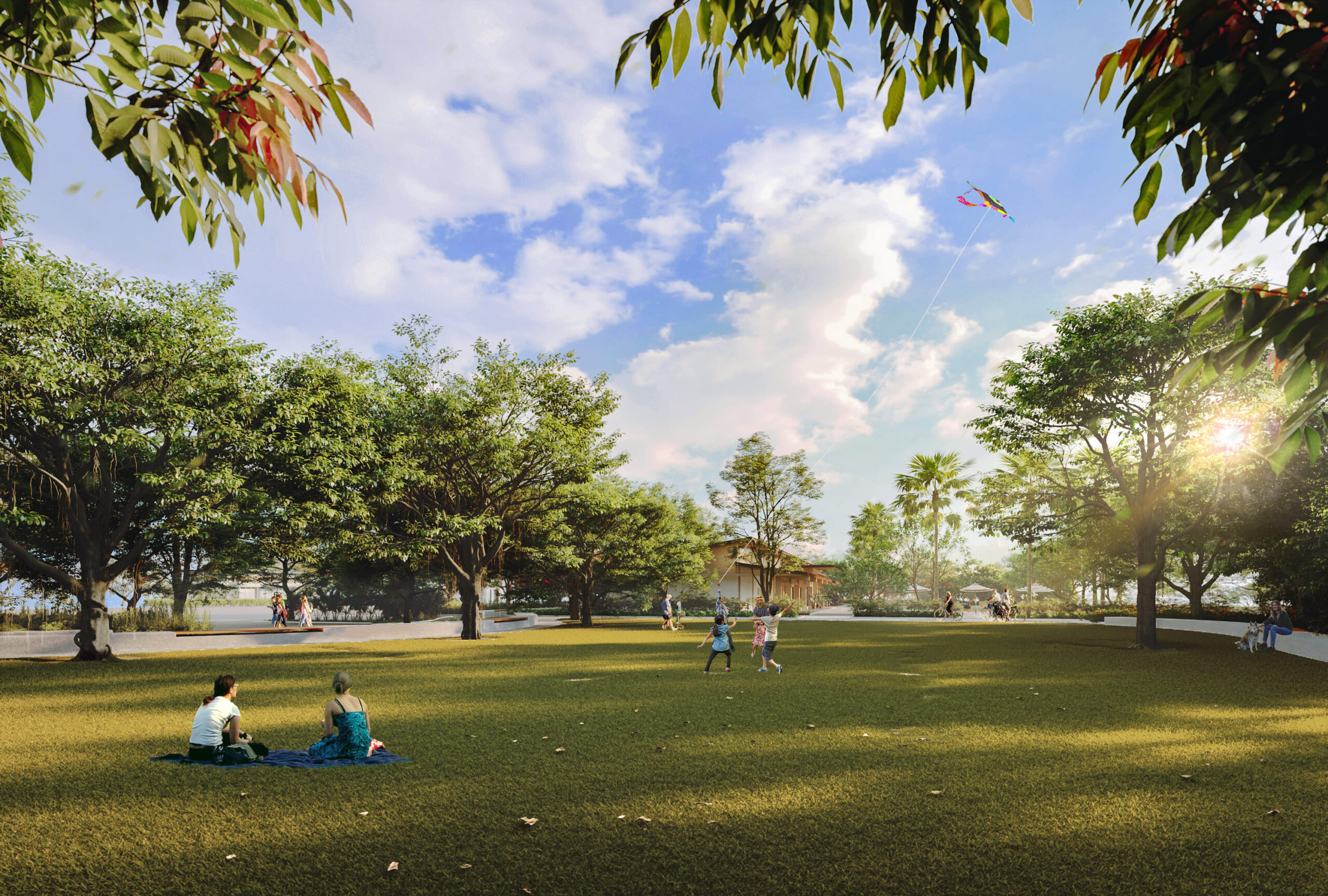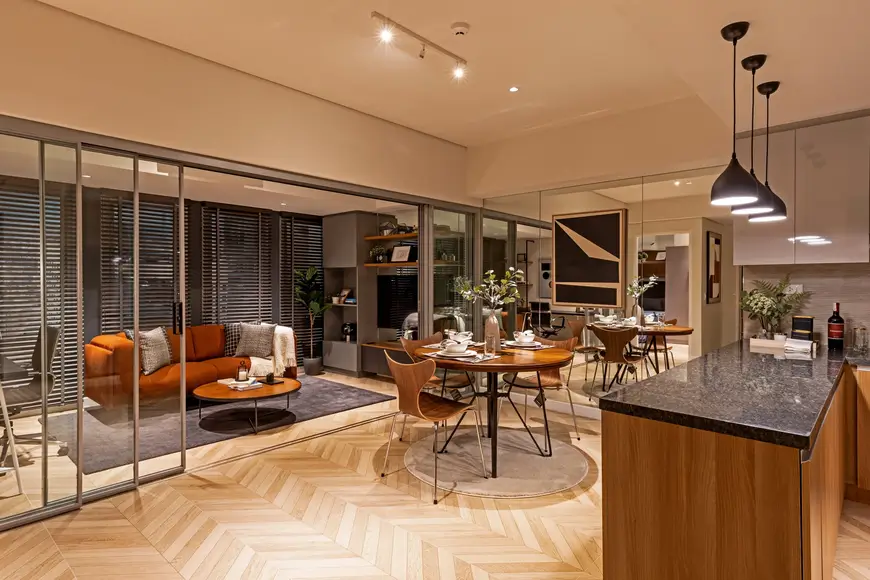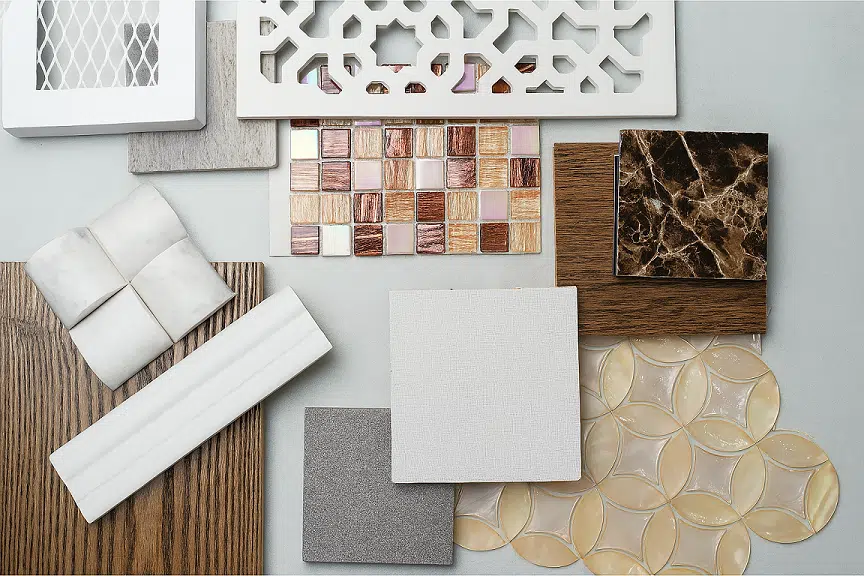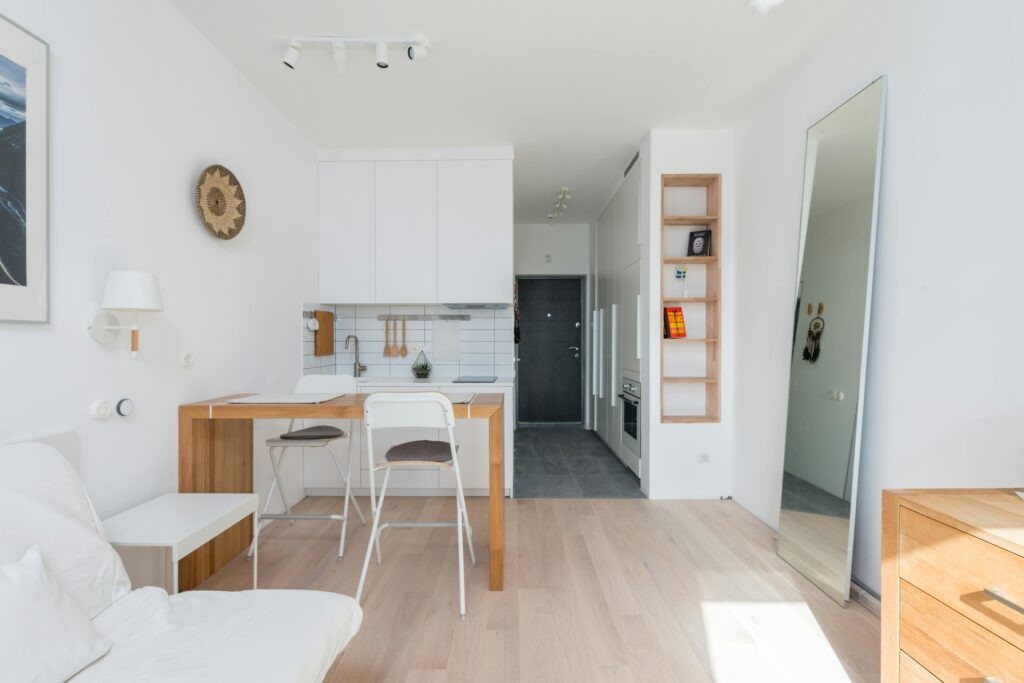A Visual Guide to the Different Types of Traditional Filipino Furniture

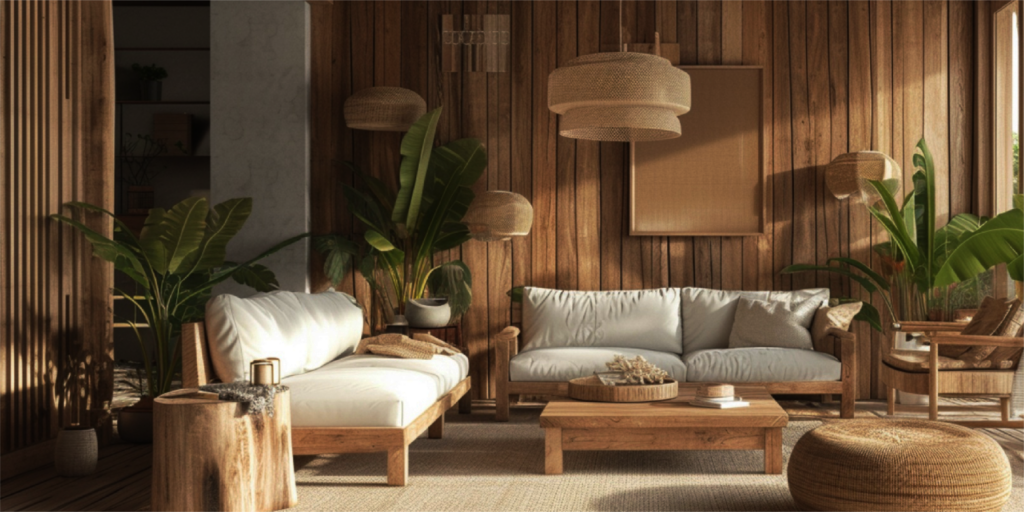
Have you ever looked at a piece of furniture and felt like it had a story to tell? Filipino furniture is precisely that. Each chair, table, and cabinet celebrates Filipino artistry, culture, and heritage.
Think of tumba-tumba (rocking chair), perfect for lazy afternoons, or the grand aparador, hand-carved from narra wood. These aren’t just furniture pieces; they reflect history and ingenuity. And while they have deep roots in tradition, they can seamlessly blend into modern spaces like condos, adding warmth and character to sleek interiors.
This guide explores a selection of the most iconic types of traditional Filipino furniture, showcasing their unique designs and cultural significance and explaining how you can use them to level up your home’s aesthetic.
Whether you’re sprucing up interior design in your condo or investing in rental properties, these timeless pieces can give your space a homey vibe.

What is Traditional Filipino Furniture?
Traditional Filipino furniture signifies the country’s resourcefulness, creativity, and deep connection to nature. Crafted from indigenous materials like rattan, bamboo, and narra wood, furniture pieces from the Philippines combine durability with artistry. They usually showcase intricate details that symbolize cultural and spiritual beliefs.
Filipino furniture reflects the nation’s history, adapting through pre-colonial ingenuity, Spanish colonial influence, and modern reinterpretations.
Pre-colonial era
Before colonization, early Filipinos created furniture from readily available natural materials. Bamboo and rattan were staples to craft lightweight, breathable, multi-functional pieces suited to the tropical climate.
Indigenous groups, like the Ifugaos, carved furniture and household items from hardwoods such as molave, showcasing their woodworking expertise with clean and utilitarian designs.
Spanish colonial period
The arrival of the Spanish brought a significant shift in furniture design. Hardwood became the material of choice, particularly narra, kamagong, and tanguile. Furniture took on a grander, more decorative style, featuring intricate carvings influenced by European baroque and rococo traditions.
Aparador (wardrobe), mesa altar (home altar table), and kama (four-poster bed) became iconic pieces, blending Filipino handiwork with Spanish aesthetics. Techniques like solihiya weaving—using rattan to create breathable panels—also gained popularity during this time.
Modern influences
In recent years, Filipino furniture design has evolved to integrate contemporary minimalism with traditional craftwork. Artisans now reimagine classics, like tumba-tumba (rocking chair) and butaca (lounging armchair), into sleek, modern pieces while still celebrating their roots.
Sustainability is now center stage, with materials like abaca, bamboo, and capiz shells returning in eco-friendly designs.
Regional variations
Regional craftsmanship adds a distinct flair to Filipino furniture. Each region’s unique resources and traditions contribute to a rich tapestry of design styles across the Philippines.
In Cordillera, artisans carve sturdy yet simple wooden furniture from molave and narra, reflecting their mountain lifestyle. Meanwhile, the Visayas region is known for using rattan, which creates lightweight and elegant furniture.
Signature Materials Used in Filipino Furniture
Traditional Filipino furniture showcases the Philippines’ natural abundance through different materials. Each one tells a story of ingenuity and deep cultural roots.
Narra
Narra is a prized hardwood with a deep, reddish-brown color and exceptional durability. Furniture makers use narra to craft elegant and intricate pieces like aparador and dining tables, and its rich grain makes it a standout in any Filipino home.
Molave
Molave is a tough, golden-brown wood resistant to decay and termites, perfect for long-lasting furniture. Often used in benches, doors, and outdoor furniture, it provides strength and natural beauty to any piece.
Tanguile
Tanguile, with its reddish hue, is a versatile and reliable wood often used for cabinets, bed frames, and tables. Its easy workability and smooth finish make it a favorite choice for functional and decorative furniture.
Yakal
Yakal is a heavy and dense hardwood ideal for crafting sturdy furniture like bed frames and tables. Known for its strength and resistance to moisture, it’s perfect for pieces that need to withstand the humid tropical environment.
Rattan
Rattan is a flexible and durable material used extensively in Filipino furniture. Artisans weave it into chairs, sofas, and storage baskets—offering a light, airy aesthetic and a tropical feel that’s both practical and stylish.
Bamboo
Bamboo is an eco-friendly, lightweight material commonly used to create versatile furniture such as beds, lounge chairs, and accent pieces. Its natural look and strength make it popular for sustainable and minimalistic Filipino designs.
Solihiya
Solihiya is a traditional weaving technique that uses thin rattan strips to create intricate patterns. You can find this design in the backrests of traditional Filipino chairs and Filipino lamps. This airy weave adds texture and charm to furniture while keeping it comfortable and breathable.
Abaca
Abaca, or Manila hemp, is a natural fiber woven into durable rugs, upholstery, and decorative furniture. Its strength and rustic texture give furniture a unique, earthy vibe. No wonder it’s a staple in Filipino craftwork.
Capiz shells
Capiz shells, known for their translucent, pearly quality, are often used in furniture pieces like lamps, dividers, and tabletops. Their smooth, luminous finish adds a touch of elegance and lightness to any room.
Native textiles
Craftspeople use handwoven textiles, such as inabel and banig, to upholster chairs, sofas, and other furniture. These fabrics bring vibrant colors, patterns, and cultural depth to Filipino furniture while celebrating local traditions.
Iconic Traditional Filipino Furniture Types
Furniture pieces from the Philippines are a beautiful blend of functionality and cultural significance, showcasing the artistry of Filipino crafts. Here are some of the iconic ones that you can consider getting for your condo:
Ah Tay (canopy bed)
The Ah Tay canopy bed, named after the renowned 19th-century Chinese-Filipino furniture maker Ah Tay, is an iconic piece of Filipino heritage. Ah Tay’s masterful craftsmanship and attention to detail made his canopy beds highly sought after, and over time, the style became synonymous with his name.
Made from premium hardwoods like narra, it features elaborate carvings and a majestic canopy often adorned with luxurious fabrics—a reflection of the opulence of the Spanish colonial elite.
Aparador (wardrobe)
Aparador is a large, intricately carved wooden wardrobe for storing clothes, linens, and heirlooms. It has roots in Spanish colonial influence and was a staple in Filipino homes for its functional and decorative purpose.
The elaborate carvings on its doors often feature floral or geometric motifs, fusing Filipino artisanship and European designs.
Bastonero (cane or umbrella holder)
Usually made from wood or bamboo, bastonero serves a functional role while adding elegance to the entryway. During the Spanish era, it was an everyday accessory in affluent households, reflecting the importance of keeping spaces organized yet stylish.
Baúl (wooden chest)
Typically carved from local hardwoods, baúl is a functional storage solution and an artistic centerpiece with intricate designs. This piece of furniture has strong cultural ties, often passed down through family generations as a symbol of heritage.
Butaca chair (lounging armchair)
Butaca, a lounging armchair, became popular during the Spanish colonial period. It features wide, comfortable armrests and a reclining back, perfect for relaxation. Its design blends Filipino and European influences. Wooden frames, often adorned with intricate carvings and padded seats upholstered with native textiles, offer comfort and luxury.
Comoda (chest of drawers)
Comoda, a multi-drawer chest for storing clothing and small items, became popular during the Spanish era. It reflects a blend of European baroque styles and Filipino craftwork.
It has ornate carvings featuring floral or leaf motifs and is made from durable local hardwoods, making it both functional and decorative.
Dulang (low dining table)
Often crafted from hardwood, dulang represents Filipino communal dining culture. It offers a space for family bonding while maintaining an earthy, natural aesthetic. Its simple yet functional design reflects the Filipino dining practice on the floor, especially in rural areas.
Escritorio (writing desk)
Escritorio is a wooden desk for letter writing or other office tasks. It reflects the importance of education and communication during the Spanish colonial period. Compact and beautifully carved, escritorio blends European practicality and Filipino artistry. It became essential for the upper class in their study or office rooms.
Gallinera (bench with chicken coop)
Gallinera speaks of the resourceful nature of Filipino craftsmanship, designed to maximize space while offering a utilitarian solution for farmers and their families.
This multi-functional piece of furniture combines a bench with a built-in chicken coop. You can find it in rural Filipino homes, serving as both seating and practical storage space for poultry.
Kama (four-poster bed)
With its ornate carvings and towering posts, this traditional Filipino bed became a centerpiece of the bedroom, offering both function and luxury. It has deep roots in Filipino and European influences and symbolizes status and wealth. Filipino elite families used it during the Spanish colonial period.
Kapiya (wooden pew bench)
A simple yet elegant wooden pew bench, kapiya is often found in churches or homes with religious significance. Its design is typically minimal, with clean lines and a sturdy structure. In Filipino culture, kapiya represents a blend of practicality and spiritual devotion, offering a space for reflection and communal prayer.
Mesa altar (home altar table)
Made from fine wood and adorned with carvings, mesa altar is a place for daily prayer and devotion. It’s a central piece in many Filipino homes, reflecting the deep Catholic faith of the people and connecting families to their spirituality.
Paminggalan (hanging cupboard)
Paminggalan is a rack or cupboard that Filipinos hang outside kitchen windows to store dishes, cups, and dried goods. It’s a space-saving solution and a functional storage piece in Filipino households, as they can leave the dishes to dry.
Silla Perezosa (lounge chair)
This furniture is like a lazy chair, perfect for lounging and napping. Crafted from rattan or hardwood, it became popular in Filipino households during the Spanish colonial period.
Tumba-tumba (rocking chair)
Tumba-tumba is a traditional rocking chair that offers comfort and relaxation, often found on porches or living rooms. Its design is simple yet functional, with a curved base that allows gentle rocking. Many use it for nursing, storytelling, or simply enjoying a quiet moment at hiome.
Celebrating Heritage
Traditional Filipino furniture reminds us of the beauty and craftsmanship rooted in heritage and how you can still find them in many homes nationwide. These pieces are mainstays, much like how Federal Land creates thoughtfully designed spaces that stand the test of time.
With well-built RFO and pre-selling condominiums in QC and other prime locations, Federal Land offers homes with high investment potential in the Philippines, perfect for elevating your lifestyle.
Explore Valencia Hills Tower E, where you can enjoy elegant city life and relax in serenity after a long day.

Melecio Martin G. Arranz IV
Digital Marketing Head
Martin is an experienced marketer with over 16 years of experience across various industries including real estate, banking and finance, technology, and advertising.
Martin has a broad range of expertise in having handled campaigns, brand launches, activations both in the traditional and digital space. Currently serving as the Digital Marketing Head at Federal Land, Martin leads a team focused on managing digital sales and platforms for the residential, estates and commercial business units.
linkedinINQUIRE NOW
Let us know what you are looking for. Get updated portfolio delivered straight to your inbox.
